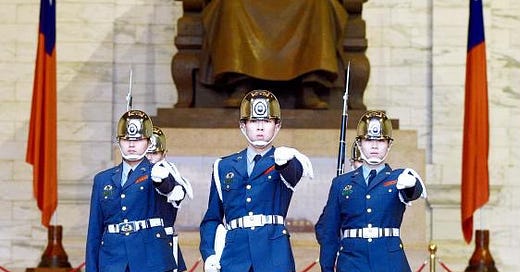Taiwan Insecurity
U.S. commander says China on track to reunify with Taiwan by 2027, Will China focus on Taiwan during economic slowdown?, China’s economy is Taiwan's economy.
UPDATES: The top U.S. military commander in the Indo-Pacific has said that Beijing is maintaining its goal of being able to reunify with Taiwan by 2027, testimony that came as China demonstrated its reunification resolve.
As Japan hosts a defense ministerial meeting with Pacific Island countries (PICs), Chinese experts warn that Tokyo's true intention is…






